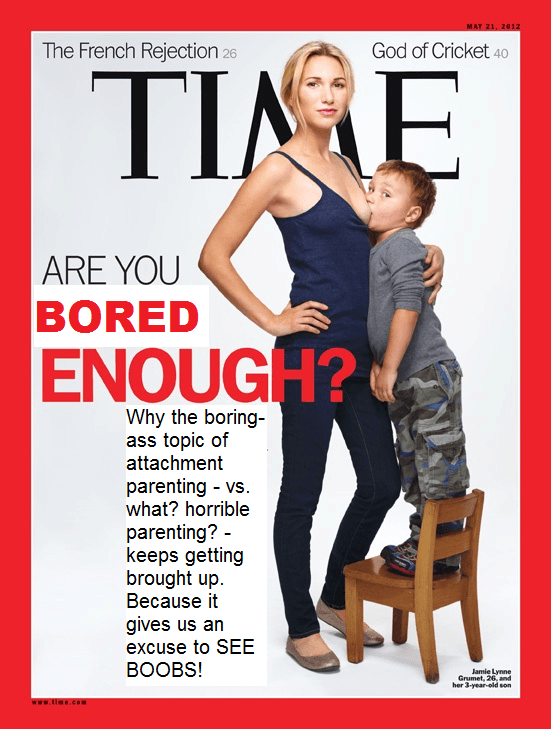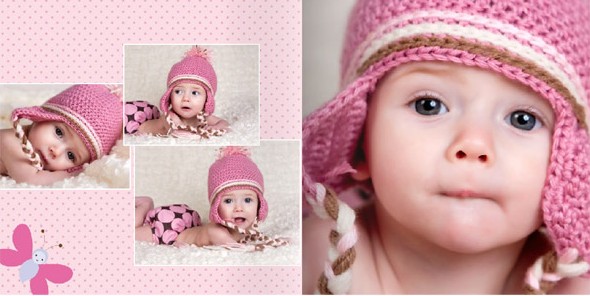
Scientists are perfecting a technique called array CGH (Comparative Genomic Hybridization) in which eggs are examined for abnormalities which would cause IVF to fail.
According to BBC, the team at the CARE Fertility clinic have found a way of extracting a “spare” set of chromosomes inside the egg and rapidly analyzing them. The main reason why two out of three women fail at each attempt at IVF is believed to be due to chromosomal abnormalities in their eggs. CGH has the potential to significantly improve couples’ chances of having successful treatment.
There should be just 23 chromosomes in the egg which contain the woman’s share of the genetic code – the other half come from the sperm after fertilization. Apparently there are “spare chromosomes” in the polar body, near the edge of the egg. A laser cuts a hole in the edge of the egg and the polar body is sucked out. By analyzing the chromosomes found there, scientists can work out what is left behind in the egg, without disturbing it.
If they find a chromosome missing from the egg, then any subsequent embryo will fail. If they find an extra chromosome, it could lead to a miscarriage or a pregnancy with an inherited genetic disorder.
“We know that at least half the eggs and embryos produced are wasted due to chromosomal abnormalities. If we could chose those with normal chromosomes logic tells us we double the chances of pregnancy and that’s what we hope.”
Dr Fishel also says that it could help reduce the number of twins and triplets associated with fertility treatment.
“In this country we have to reduce the incidence of multiple pregnancy and there’s a big drive to put a single embryo back. That could reduce all women’s chances of pregnancy but not if we choose the embryo that is most viable and has normal chromosomes. Ultimately we could reach the holy grail of one cycle of IVF, one egg, one embryo and one baby.”
The first woman in the world to be successfully treated is 41, and had thirteen previous attempts at IVF and three miscarriages. She is now six months pregnant. Dr Simon Fishel, director of the CARE fertility group, believes it could help many more women. But years of research are yet to prove whether CGH is going to transform success rates.
Although this research is seen as “exciting and promising” – Tony Rutherford, chair of the British Fertility Society also urges caution: “All too often we see ground-breaking news about techniques that seem to offer great hope, but fail to live up to expectations when applied in widespread clinical practice.”
image: The Age.com.au




